Palestine native Ralph Bakshi was raised in Brooklyn, New York. A talented artist, Bakshi worked at the Terrytoons animation studio, directed episodes of Deputy Dawg and James Hound and worked on the Hekyll and Jekyll and Mighty Mouse cartoons. In 1965, he put together The Mighty Heroes “superhero” TV cartoon series, featuring some of the most ridiculous superguys in history: Tornado Man, Cuckooman, Ropeman, Strongman, and Diaper Baby. Bakshi’s also worked on the Spiderman series.
Bakshi is best known, however, for his work on several animated films that featured Black characters. In 1972, Bakshi produced his first theatrical animated feature, a down-and-dirty X-rated adaptation of Robert Crumb’s “underground” comic strip Fritz the Cat. While Crumb hated the finished product, Fritz proved to be a success on the midnight-movie market. Bakshi’s next feature, Heavy Traffic, was even more outrageous than Fritz; many cartoon aficionados consider this nihilistic, highly scatological tale of a young New York artist’s drawing-board fantasies to be Bakshi’s finest work.
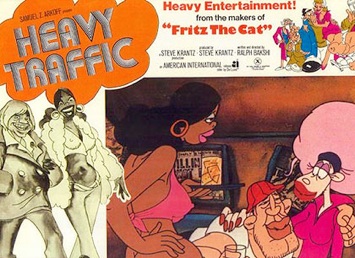
His next was Coonskin (1975), a savage attack on Hollywood racial stereotypes — so savage, in fact, that the film was picketed by CORE and Bakshi was accused of being a racist himself.
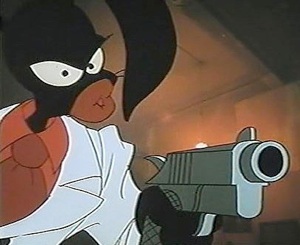
Next came Hey, Good Lookin’, a nostalgic glance at 1950s street gangs, which was completed in 1975, but held back from release until 1982.
Coonskin
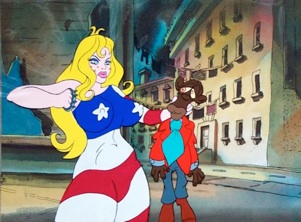
A multi-layered satire of race relations in America. America is represented as a volumuous white women in the film. Sampson (Barry White) and the Preacherman (Charles Gordone) rush to help their friend, Randy (Philip Michael Thomas) escape from prison, but are stopped by a roadblock and wind up in a shootout with the police. While waiting for them, Randy unwillingly listens to fellow escapee Pappy (Scatman Crothers), as he begins to tell Randy a story about “three guys [I used to know] just like you and your friends”. Pappy’s story is told in animation set against live-action background photos and footage.
Brother Rabbit, Preacher Fox and Brother Bear
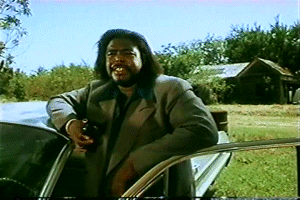
Brother Rabbit (voice of Thomas), Brother Bear (voice of White), and Preacher Fox (voice of Gordone) decide to pack up and leave their southern settings after the bank mortgages their home and sells it to a man who turns it into a brothel. Arriving in Harlem, Rabbit, Bear, and Fox find that it isn’t all that it’s made out to be. They encounter a con man named Simple Savior, a phony revolutionary leader who purports to be the “cousin” of Black Jesus, and that he gives his followers “the strength to kill whites”. In a flashy stage performance in his “church”, Savior acts out being brutalized by symbols of black oppression—represented by images of John Wayne, Elvis Presley and Richard Nixon, before asking his parishioners for “donations”. When Rabbit attempts to stir up anti-revolutionary sentiment, Savior tries to have him killed. After Rabbit saves his life via reverse psychology, he and Bear kill Savior. This allows Rabbit to take over Savior’s racket, putting him in line to become the head of all organized crime in Harlem. But first, he has to get rid of a few other opponents. Savior’s former partners tell Rabbit that if he can’t kill his opponents, then they’ll kill him instead.
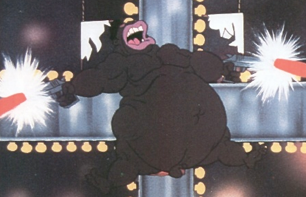
Rabbit first goes up against Madigan, a virulently racist and homophobic white police officer and bagman for the Mafia, who demonstrates his contempt for Blacks in various ways, including a refusal to bathe before an anticipated encounter with them (he believes they’re not worth it). When Madigan finds out that Rabbit has been taking his payoffs, he and his cohorts, Ruby and Bobby, are led to a nightclub called “The Cottontail”. A Black stripper distracts him while an LSD sugar cube is dropped into his drink. Madigan, while under the influence of his spiked drink, is then maneuvered into a sexual liaison with a stereotypically effeminate gay man, and then shoved into women’s clothing representative of the mammy archetype, adorned in blackface, and finally shoved out the back of the club where he discovers that Ruby and Bobby are dead. Then, while recovering from his delirium of being drugged, shoots his gun around randomly, and is shot to death by the police after shooting one of them.
Rabbit’s final targets are the Godfather (voice of an uncredited Al Lewis) and the Mafia, who live in the subway. The contract for killing Rabbit is given to Sonny (voice of Richard Paul). Showing up outside Rabbit’s nightclub in blackface and clothing representative of minstrel show stereotypes, Sonny winds up shot multiple times by Rabbit before dying in an explosion caused by a car crash. His body is cremated and taken back home, where his mother weeps over his ashes. Bear becomes torn between staying with Rabbit, or starting a new, crime-free life. Bear decides to look for Fox in order to seek his advice. Upon arriving at Fox’s newly acquired brothel, Bear is “married” to a girl he, Fox, and Rabbit met during the fight with Savior’s men. Under the advisement of Fox, Bear becomes a boxer for the Mafia. During one of Bear’s fights, Rabbit sets up a melting imitation of himself made out of tar. As the Mafiosos take turns stabbing at the “tar rabbit”, they become stuck together. Rabbit, Bear, Fox and the opponent boxer rush out of the boxing arena as it blows up. The live-action story ends with Randy and Pappy escaping while being shot at by various white cops, but managing to make it out alive.
The New York Times Review
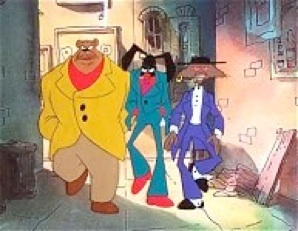
Fritz the Cat and Heavy Traffic helmer Ralph Bakshi subsequently directed the über-controversial animated feature Coonskin (aka Streetfight, 1975). Bakshi opens and closes the film with a live-action tale that stars Scatman Crothers, Miami Vice’s Philip Michael Thomas, Charles Gordone, and Barry White; it recounts the adventures of three Black men who escape from prison and are later gathered up. In between, an animated tale has animal characters with stereotypically black traits — Brother Rabbit (voiced by Thomas), Brother Fox (voiced by Gordone), and Brother Bear (voiced by White) — entering a white-dominated ghetto environment and diverging into different paths; one becomes a crime overlord, the second sells the first out to La Cosa Nostra, and the third establishes himself as a media-exploited sports icon. Completely misread as a racist work upon release, the film actually entails Bakshi’s satirical excoriation of bigotry via the tongue-in-cheek use of Black urban stereotypes. The director laces the film with profane ghetto dialogue and street slang; though animated, this is not a picture for children. Variety wrote of the work, “Beyond Bakshi’s cinematic style, his stories seem haunted by a worldliness that is torn between cynicism and tortured humanism. There is heart in his plots, so superficial putdown is totally absent. What is present [is] the evidently sincere empathy of a social surgeon.” The legendary Albert S. Ruddy (The Godfather, Cloud Nine) produced. ~ Nathan Southern, All Movie Guide
Acting Credits
- Barry White – Samson
- Barry White – Brother Bear
- Charles Gordone – Preacher
- Charles Gordone – Brother Fox
- Scatman Crothers – Old Man Bone
- Scatman Crothers – Pappy
- Philip Michael Thomas – Randy
- Philip Michael Thomas – Brother Rabbit
Production Credits
- Director – Ralph Bakshi
- Screenplay – Ralph Bakshi
- Producer – Albert S. Ruddy
- Stills – Ralph Bakshi
- Director of Photography – William A. Fraker
- Stills – Johnnie Vita
- Editor – Donald W. Ernst
- Animation Photography – Ted C. Bemiller
- Music – Chico Hamilton
- Assistant Director – James Roden
The Coonskin and Hey Good Lookin’ Original Production Cels and Drawings below are archived in the Museum Of UnCut Funk Collection.

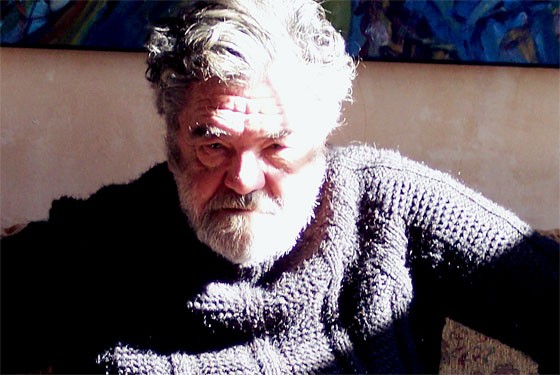
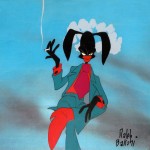
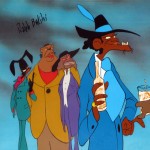
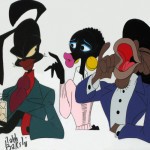
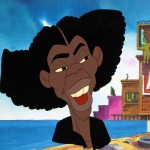
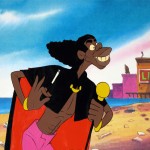

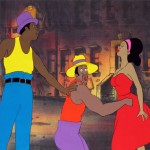
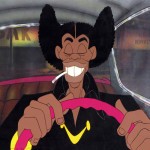
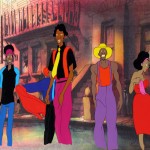
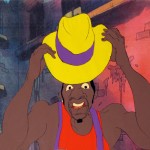
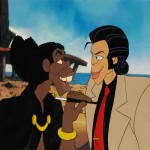
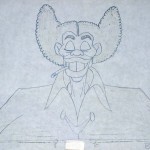
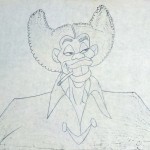
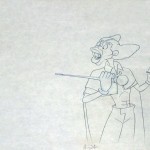
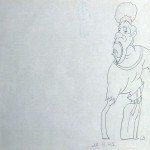
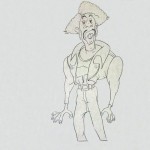
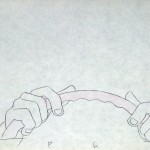
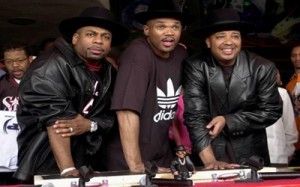
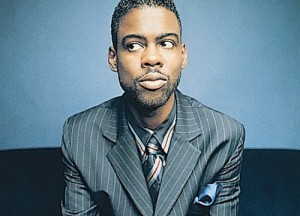
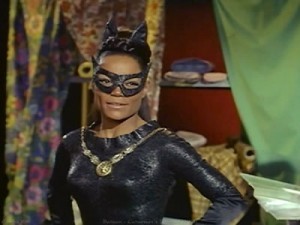

0 Comments